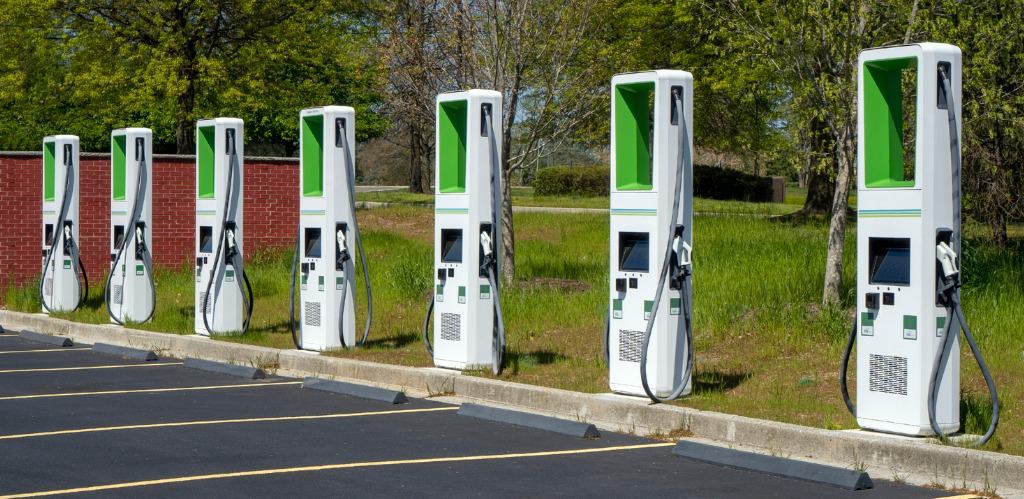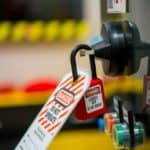As a pivotal strategy to bolster equipment efficiency and longevity, preventive maintenance addresses potential issues before they escalate into major operational challenges. It is crucial to understand the intricacies of preventive maintenance, its fundamental concepts, its myriad benefits, and the critical elements that constitute a well-designed maintenance strategy.
Whether you’re a facility manager, maintenance professional, or someone interested in the operational excellence of industrial equipment, this comprehensive guide offers valuable insights into making preventive maintenance a cornerstone of your operational strategy.
What is Preventive Maintenance?
Preventive maintenance addresses potential problems before they impact operations and quality. This strategy involves maintenance techniques such as recalibration, replacing worn parts, and regular lubrication of moving parts. These steps keep your equipment at higher performance levels while lengthening its operational lifespan.
Consistently implementing preventive maintenance elevates equipment performance, optimizing functionality and extending their lifespan. It’s not just a short-term fix; it’s a savvy investment in the long-term operational efficiency and reliability of your assets.
Benefits of Preventive Maintenance
Your facilities should have protocols for equipment maintenance. Preventive maintenance brings several advantages to your facility’s operations, including:
Consistent Operation
Assets that receive regular service are less prone to unexpected breakdowns. Because this strategy involves a predictable schedule, service can happen at times that are least disruptive to the operation.
Extended Asset Lifespan
Well-maintained equipment lasts longer, increasing its return on investment (ROI). Keeping an asset online is generally less expensive than replacing it.
Warranty Compliance
Regular maintenance may be a condition for keeping a manufacturer’s warranty valid. Facilities should maintain accurate records of any service performed on the asset.
Lower Operating Costs
A well-functioning asset with an extended lifespan lowers overall operating costs. Preventive maintenance serves as a wise financial policy for the organization.
Elements of a Well-Designed Maintenance Strategy
Preventive maintenance involves several levels of intervention. The schedule will determine the level of asset care required. Consider these factors:
Inspection and Testing
The first maintenance prevention level involves visual inspection and operational testing. In electrified assets, efficient techniques like thermal imaging may determine if equipment requires further intervention.
Calibration, Adjustment, and Alignment
Friction and vibration can affect an asset’s performance over time. Periodic re-adjustment will return the equipment to its ideal settings.
Servicing and Installation
Asset components are subject to normal wear and tear. Replacing worn parts can prevent unexpected breakdowns and additional damage.
Factors in Determining Maintenance Priorities
Prevention will be the right approach for many facilities. However, a critical assessment may determine that it is only necessary for some assets. Personnel or time constraints may require a facility to choose which assets receive regular attention.
Operational Priority
If the loss of an asset disrupts the rest of the operation, its regular maintenance becomes a priority. Managers should evaluate every piece of equipment to determine what would happen if it broke down for a day or week. When equipment failure would lead to disappointed customers, delaying maintenance is an expensive decision.
Routine Maintenance Requirements
Some assets come with a suggested maintenance schedule from the manufacturer, and following this timetable is a wise strategy, especially in the first year of operation. The service team may adapt the schedule as they learn the operational peculiarities of an asset.
Cost of Failure v. Cost of Maintenance
A run-until-failure strategy is appropriate for some assets. These machines may be nonessential or expensive to maintain. Legacy equipment may also fall into this category. If replacing a machine is more cost-effective than repairing it, its maintenance priority will drop.
Operational Issues
Crews may adjust a service appointment for an asset if it has been operating beyond its normal parameters. A large order may require equipment to work overtime. The maintenance team will then need to address the consequences of this additional labor.
Performance Measurements
Performance measurements are often associated with a predictive maintenance strategy. However, they can also play into a preventive approach. The manufacturer often bases the original maintenance schedule on average specifications, but regular measurements may determine a different timetable for an individual asset.
Specialists in Energized Asset Management
SEAM Group partners with global companies to create maintenance strategies for their energized assets. We can help you determine the best approach for your equipment’s reliable and safe operation. A well-designed maintenance plan benefits both your facility and your clients. Reach out today to learn how our team of global experts can help make your organization a safer, more reliable place.





